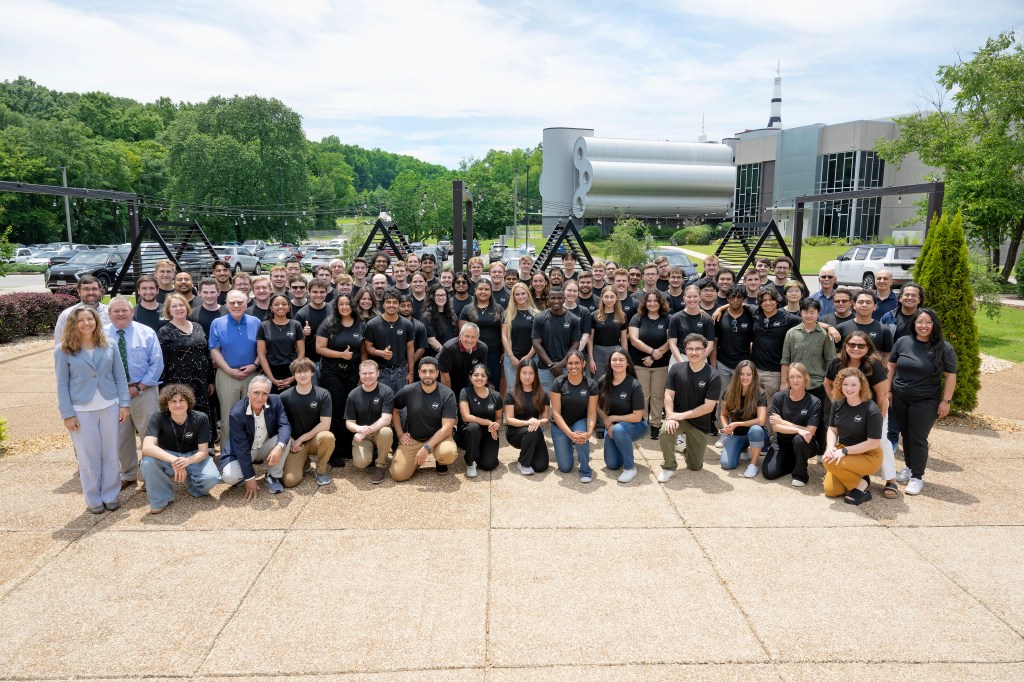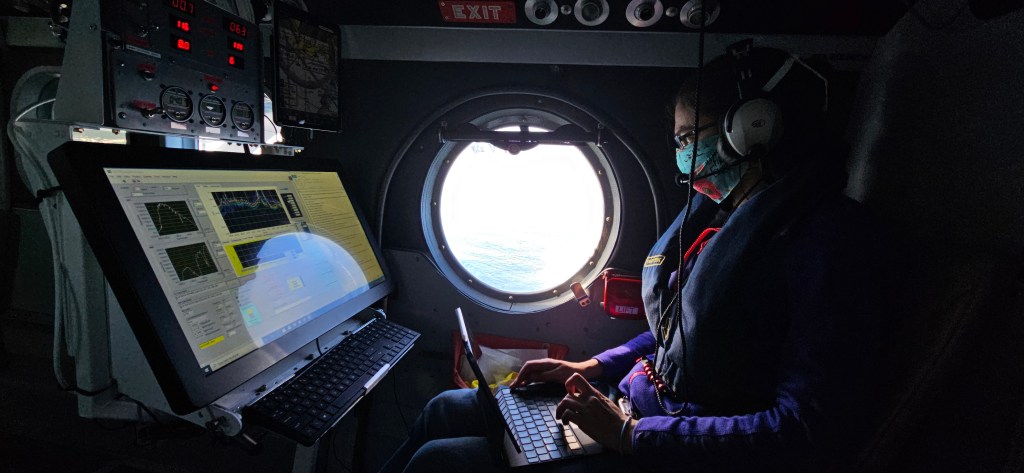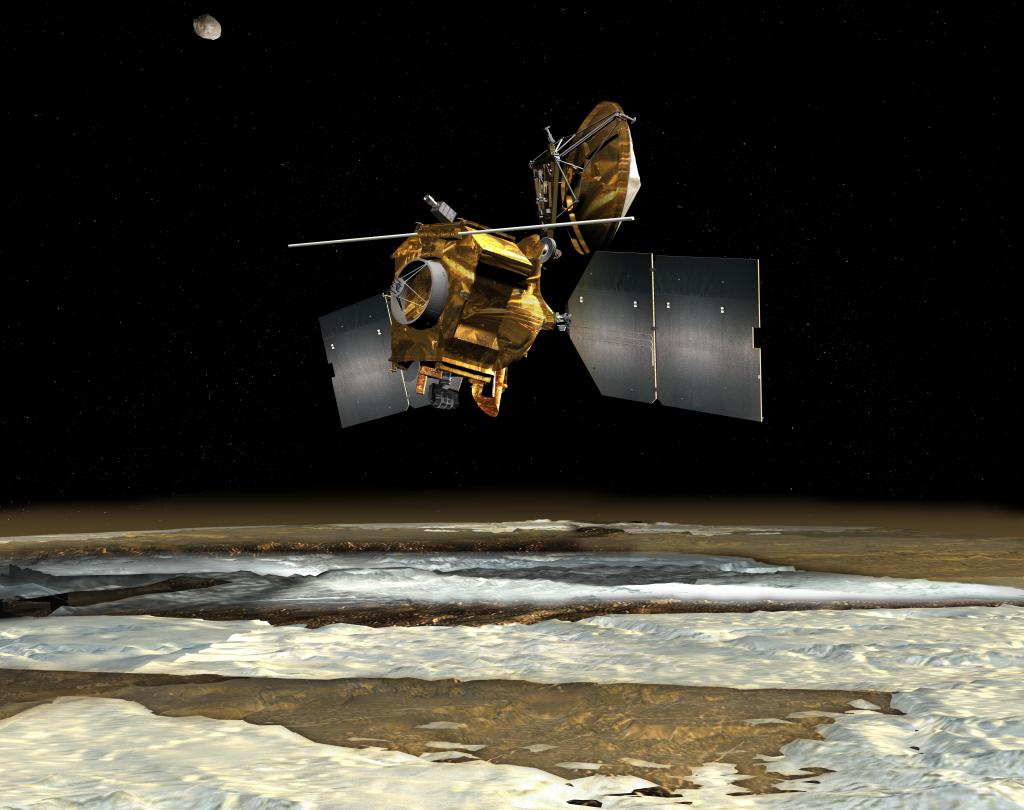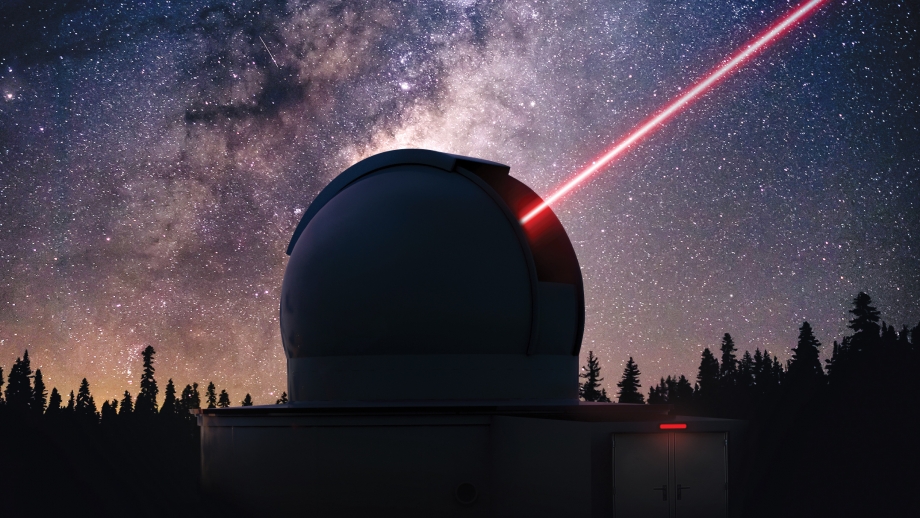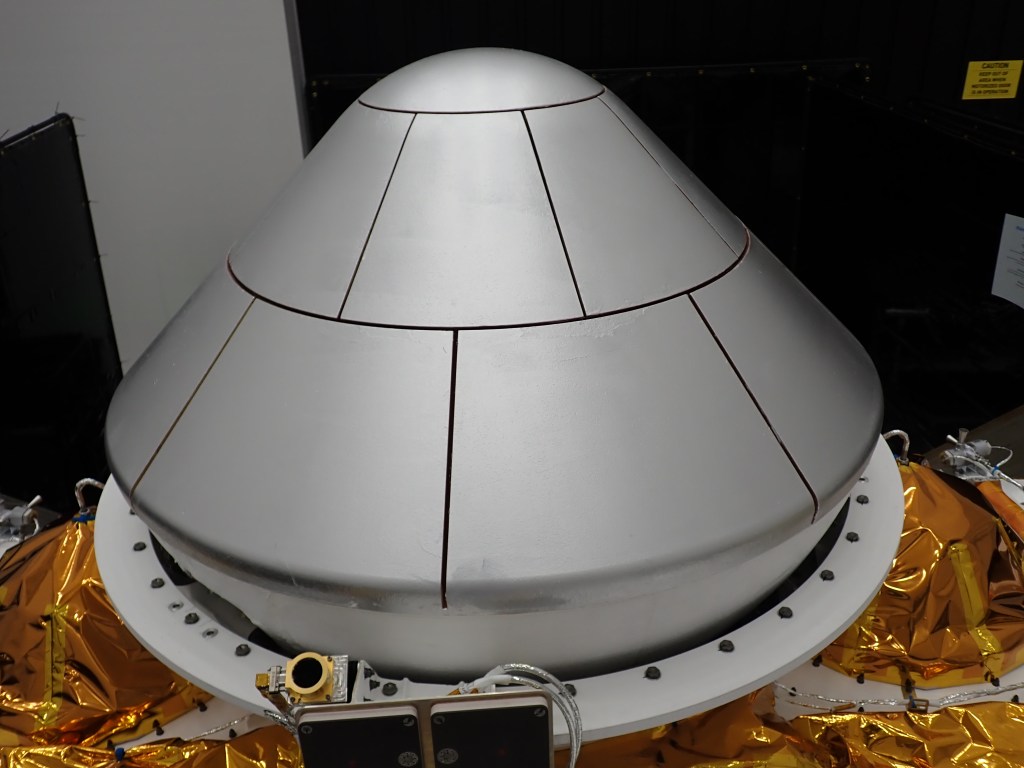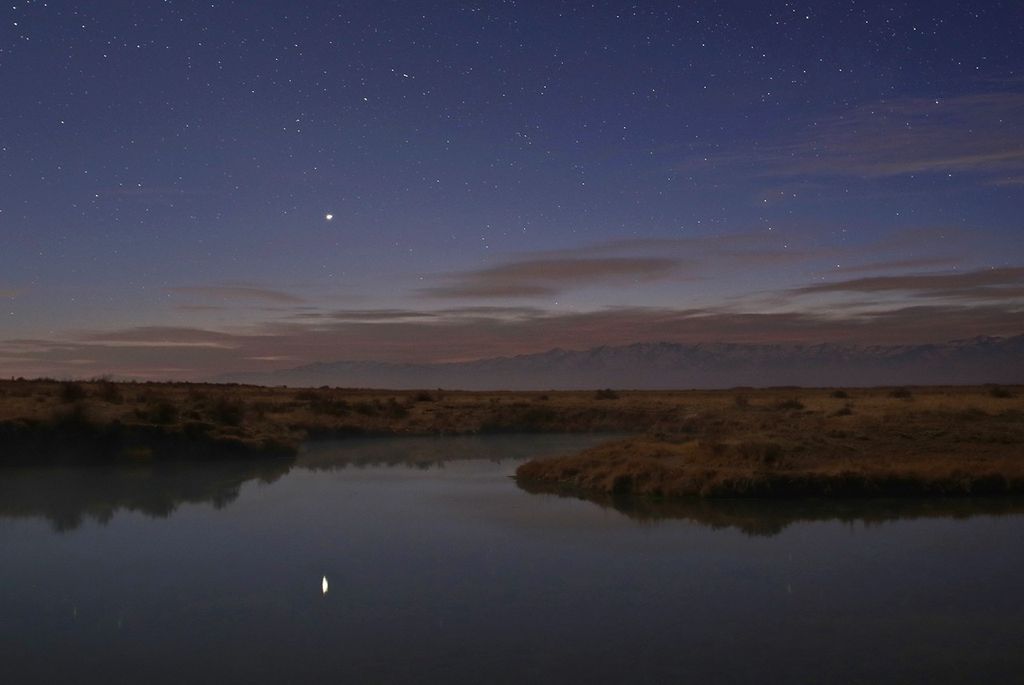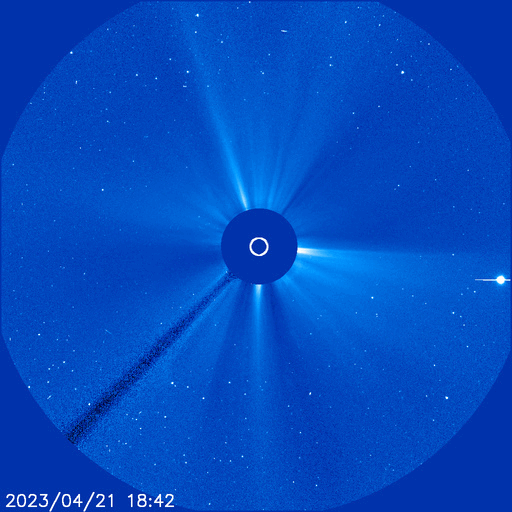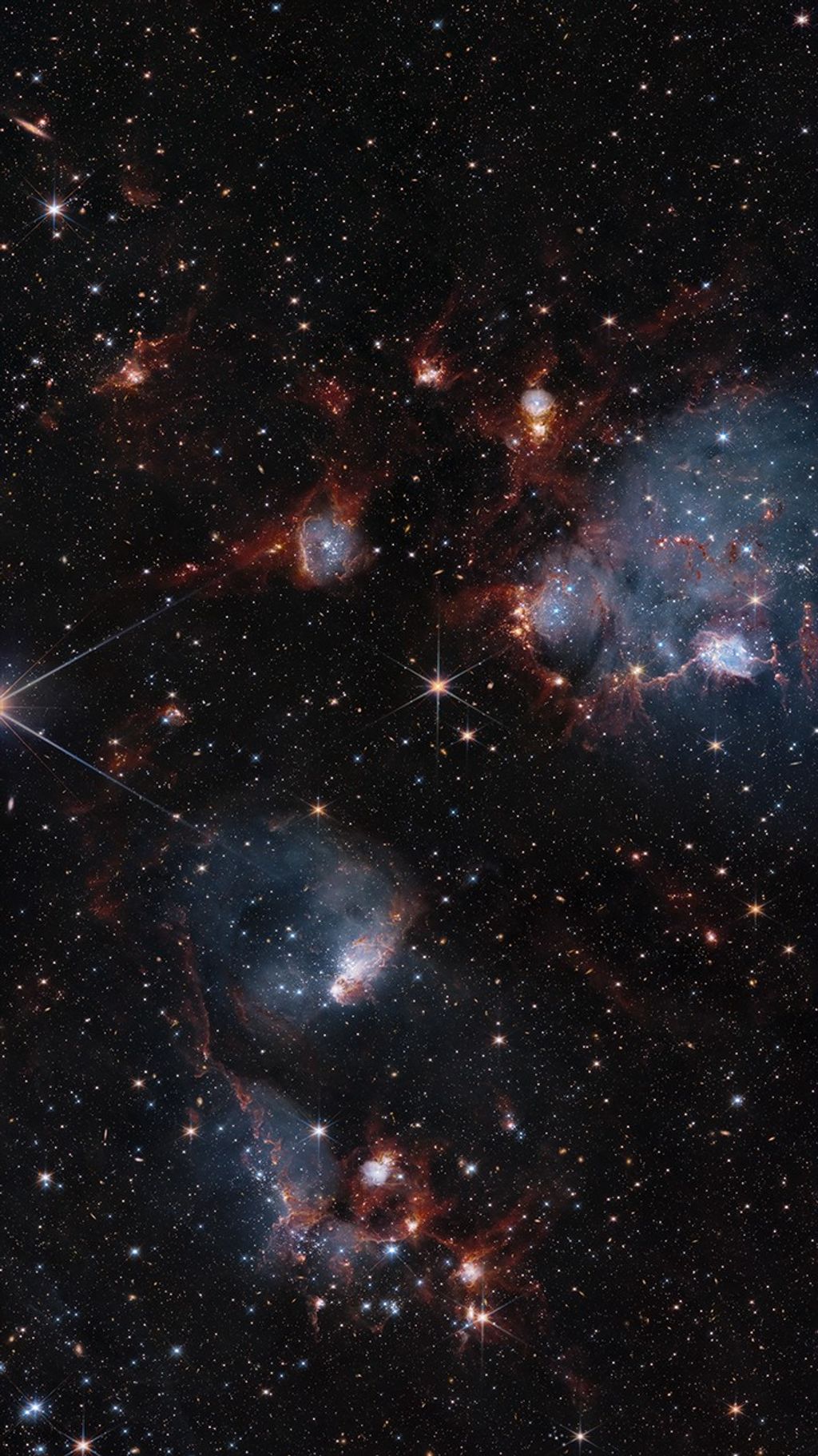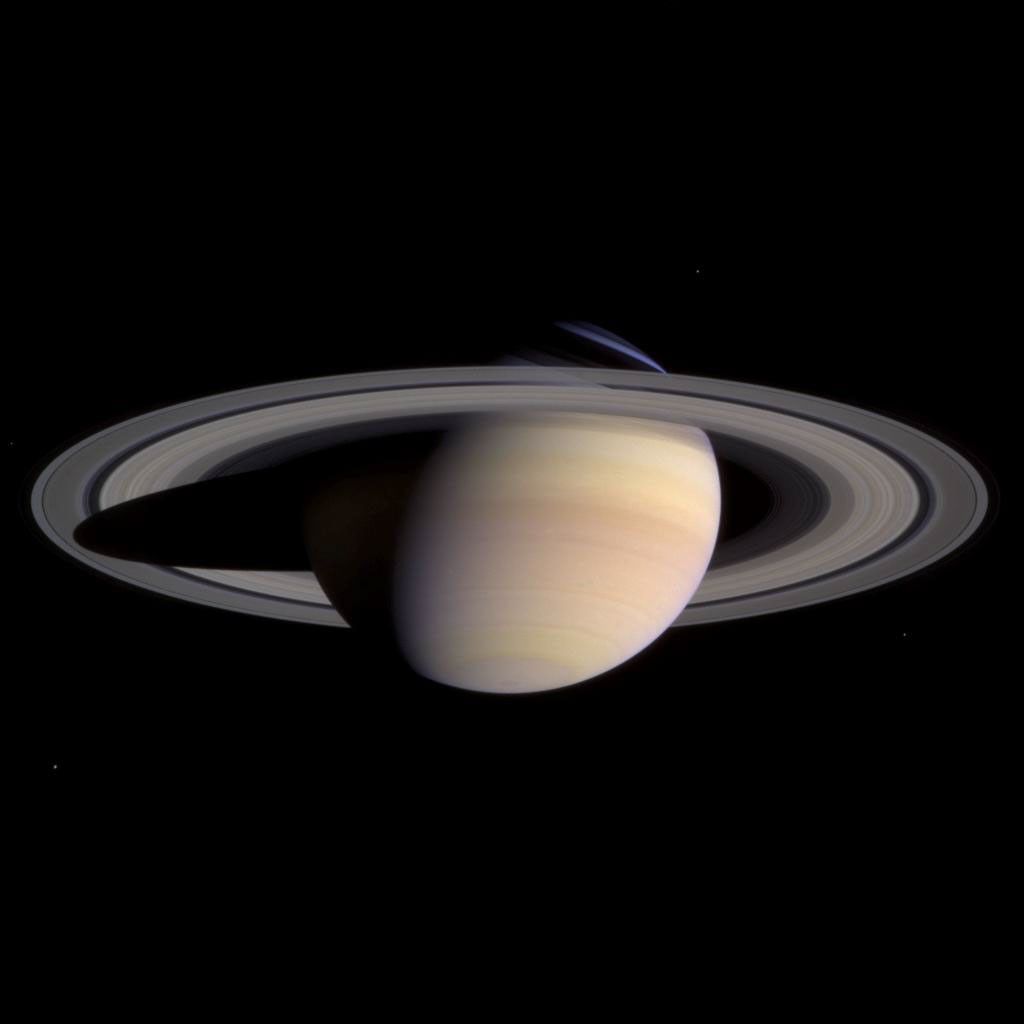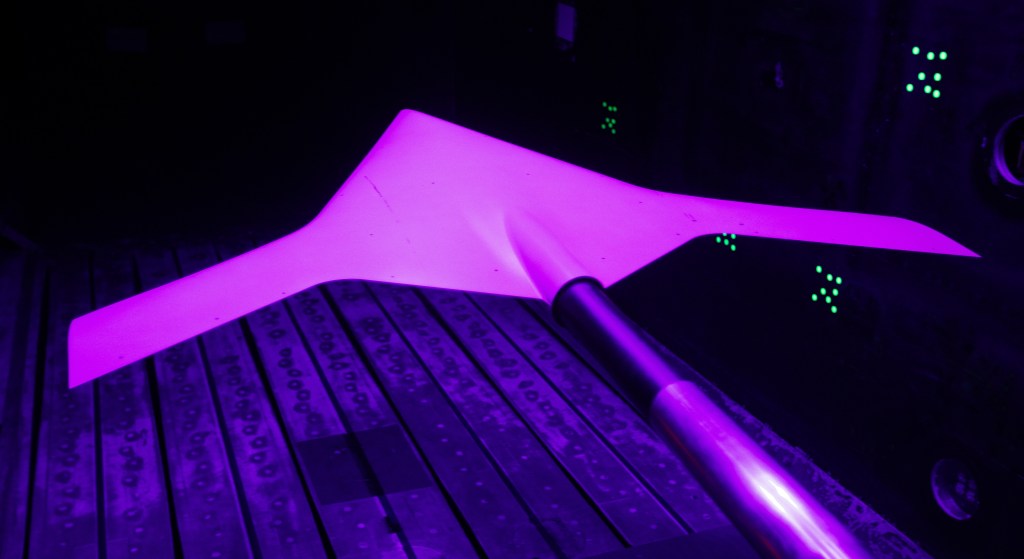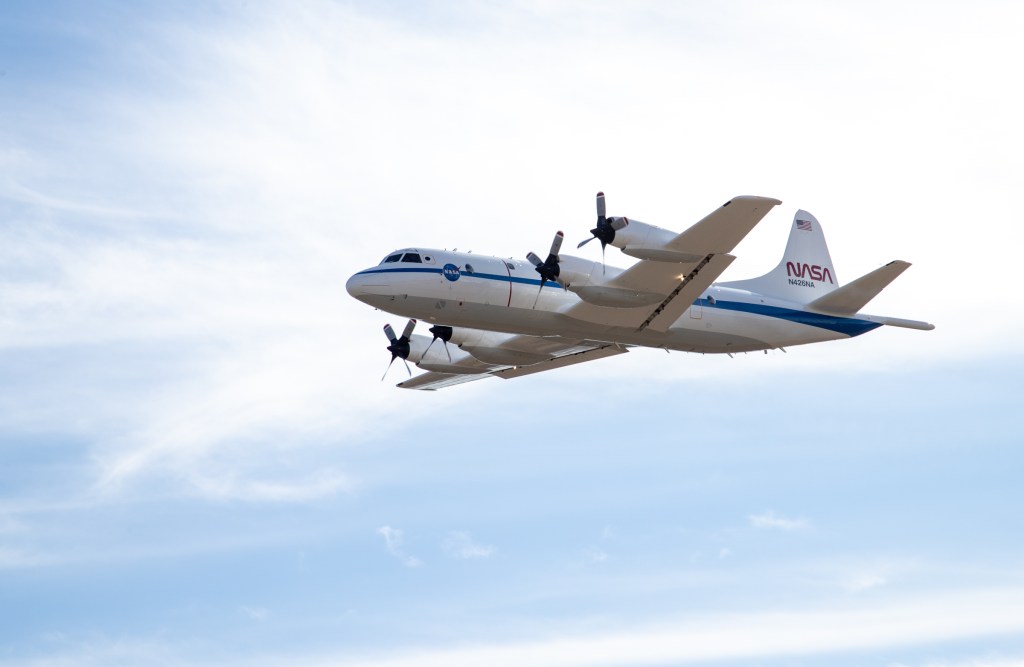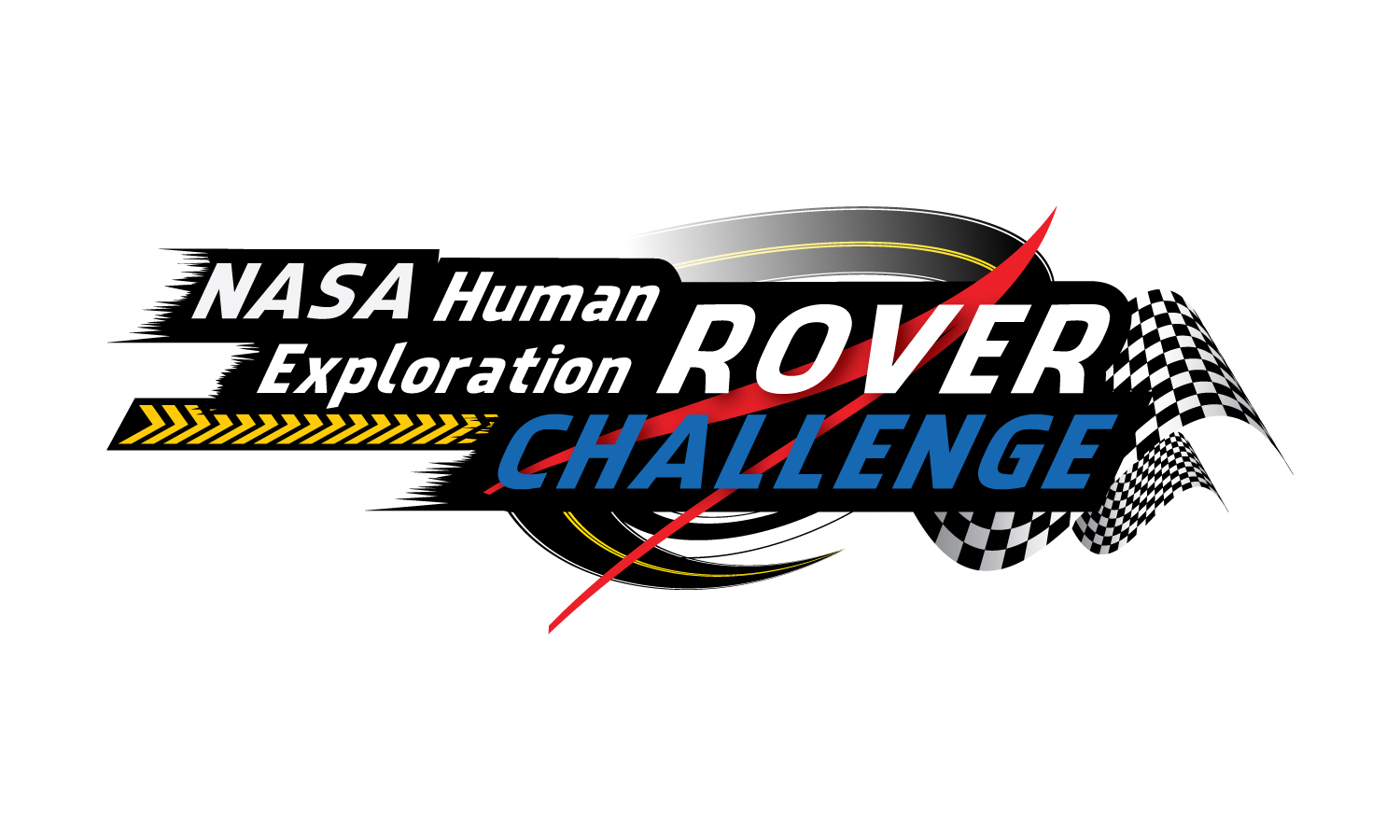What’s at stake for student teams competing in the NASA Human Exploration Rover Challenge April 11-12 at the U.S. Space & Rocket Center in Huntsville, Ala.?
Potentially everything. This unique engineering initiative, one of NASA’s flagpoles education efforts each year, demonstrates the value of STEM education — science, technology, engineering and mathematics — for those who participate. The competition builds on their classroom education, inspiring them to pursue rewarding technical careers and providing practical, real-world experience that will prepare them for a lifetime of professional achievement. As Rover Challenge racers, they may be taking early steps on the road to joining a new generation of explorers, researchers and engineers — forging a prosperous, life-enriching future in space and enhancing the economic impact of the aerospace industry here at home.
In the meantime, though, what’s likely foremost on the minds of racers heading toward the week of competition?
“Trophies, cash and bragging rights,” laughed Marshall education specialist Diedra Williams, who leads Rover Challenge planning for the Academic Affairs Office at NASA’s Marshall Space Flight Center in Huntsville.
Career ambitions and thoughts of the future can wait, she said — at least until race weekend’s over.
In addition to the top trophies for the three winning high school and three winning college teams — including $3,000 each to the top rover team in each division — here’s a quick breakdown of other awards NASA and its sponsors and partners will hand out when all the rovers have run the course, all the times are tallied and all the penalties assessed. Click on the links to learn more about award criteria and judging.
System Safety Award: Presented by the Tennessee Valley Chapter of the International System Safety Society to the team in each division judged to best exemplify sound system safety practices, this award includes $250 and a framed certificate.
Featherweight Award: Presented by NASA and the Marshall Center to the team in each division deemed to have best addressed the ongoing space exploration challenge of weight management, this award includes $250, a plaque and a commemorative book.
Team Spirit Award: Presented by NASA based on peer ballots among the racers, this plaque honors overall team energy, enthusiasm and camaraderie.
Frank Joe Sexton Memorial Pit Crew Award: Presented by the Metals Engineering Division in the Marshall Center’s Materials and Processes Laboratory, this plaque is presented annually to the team in each division — as judged the NASA pit crew assistants — which shows the greatest resourcefulness, motivation and team spirit in repairing their rover during competition. The award honors of Marshall technician Joe Sexton, a NASA veteran who worked on every major vehicle in the space program, starting with the Redstone Rocket, which launched America’s first artificial satellite, Explorer 1, and concluding with the space shuttle. Sexton passed away in 2000.
Jesco von Puttkamer International Team Award: Presented by the Jesco von Puttkamer Society to the fastest team in each division from outside the United States, this trophy and $500 prize honors Jesco von Puttkamer, the late, German-born NASA engineer who worked at the Marshall Center from 1962-1974, supporting the Apollo moon missions, Skylab and Space Shuttle Programs. Von Puttkamer was instrumental in bringing international competitors to the NASA Great Moonbuggy Race beginning in the early 2000s.
Telemetry/Electronics Award: Presented by the American Institute of Aeronautics and Astronautics (AIAA) to the team in each division which develops the most innovative and useful real-time telemetry systems for operation during their course runs, this award includes $250 and a trophy.
McDonald Best Report Award: Presented by AIAA to the team in each division which delivers the best overall report detailing their rover-building experience, this $500 prize and plaque is awarded in honor of the industry contributions and engineering philosophy of AIAA Chairman Emmett McDonald, a senior engineer and scientist for Dynamic Concepts Inc. of Huntsville, who is committed to sharing his more than 25 years of engineering experience with new generations of aerospace engineers and technicians.
Crash and Burn Award: Presented by AIAA, this trophy is awarded to the team deemed to have endured — and overcome — the most memorable vehicle upset of the race weekend.
Neil Armstrong Best Design Award: Presented by AIAA to the team in each division whose rover design represents the best technical approach toward solving the engineering problem of navigating the extraterrestrial terrain, this plaque is awarded in memory of Apollo 11 astronaut Neil Armstrong, who became the first American to set foot on the moon during that historic 1969 mission. Armstrong died in 2012.
Technology Challenge Award: Presented by Jacobs ESSSA, this $1,000 cash prize is awarded to the team judged to have best addressed this year’s unique challenge, “Wheel Design and Fabrication,” developing innovative wheels or mobility aids to assist them in navigating the Rover Challenge course.
Williams and her fellow organizers are excited about the roster of prizes available to this year’s racers. And because the competition is all new this year, past winners of the NASA Great Moonbuggy Race don’t have an advantage over newcomers.
“It’s a level playing field this year,” Williams said. “We’re excited to see how teams will address the new challenge and what forms their vehicles will take.”
Next time: As the event draws near, we’ll take a final look at the unique thrills of the NASA Human Exploration Rover Challenge. Stay tuned!


